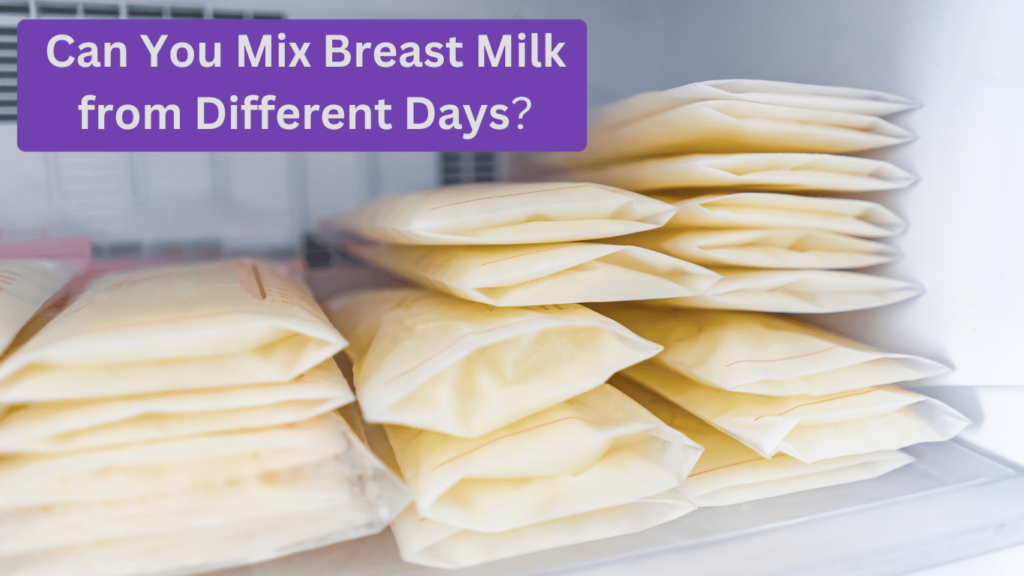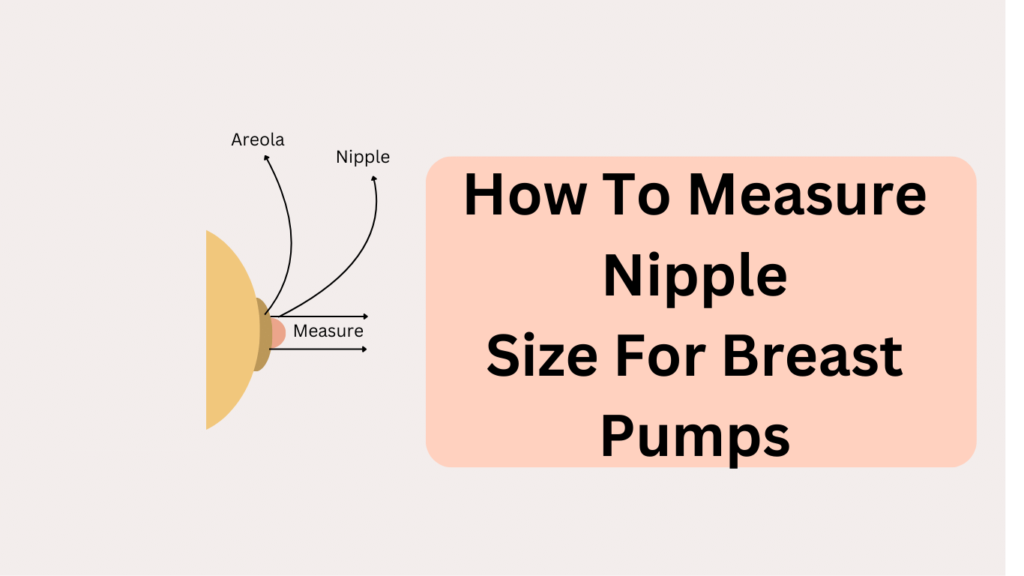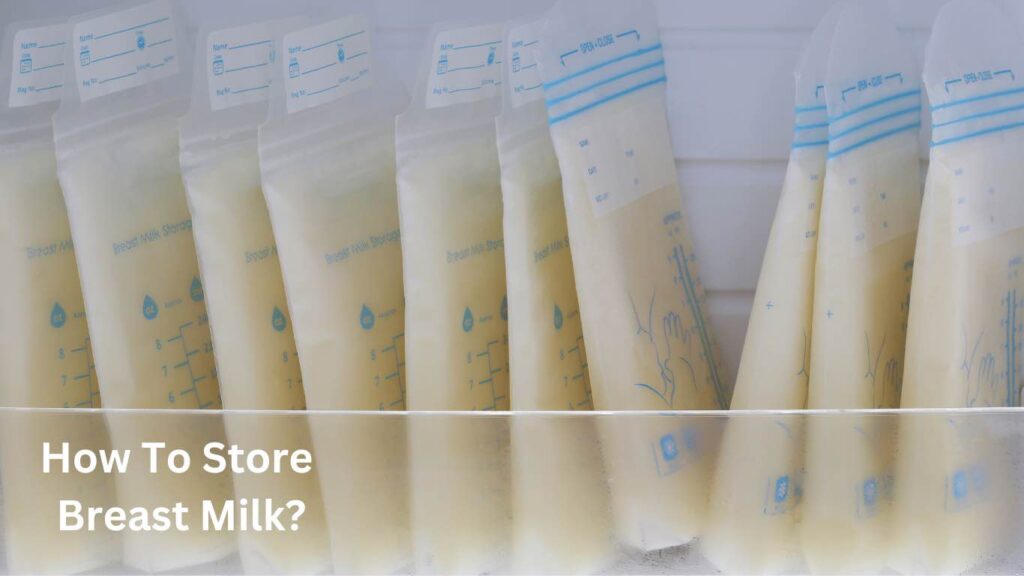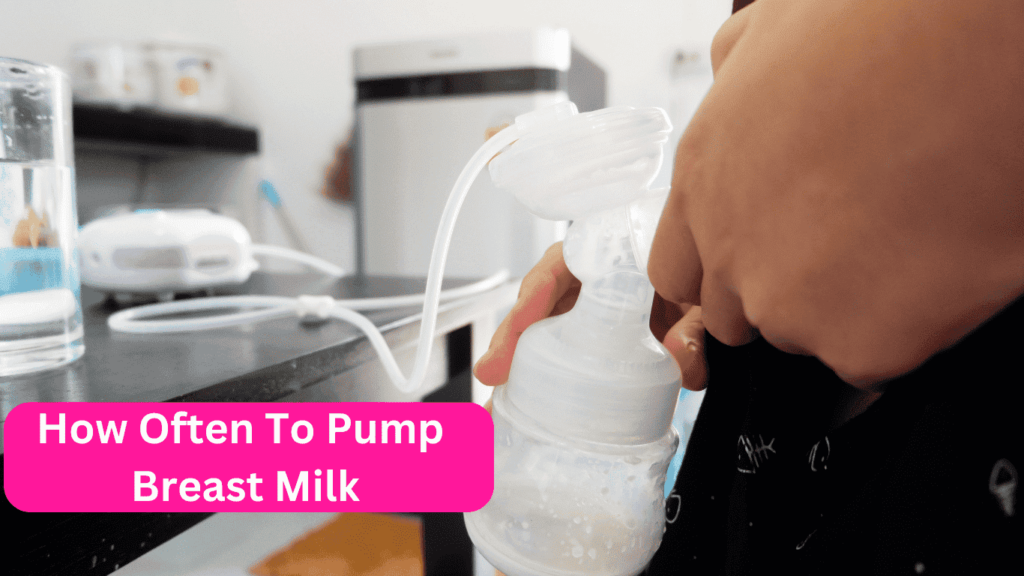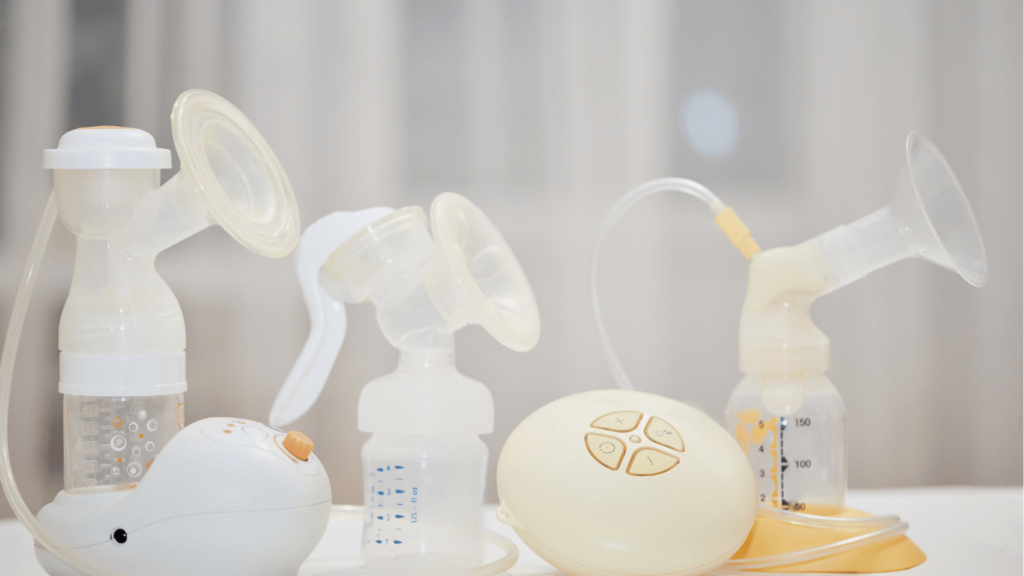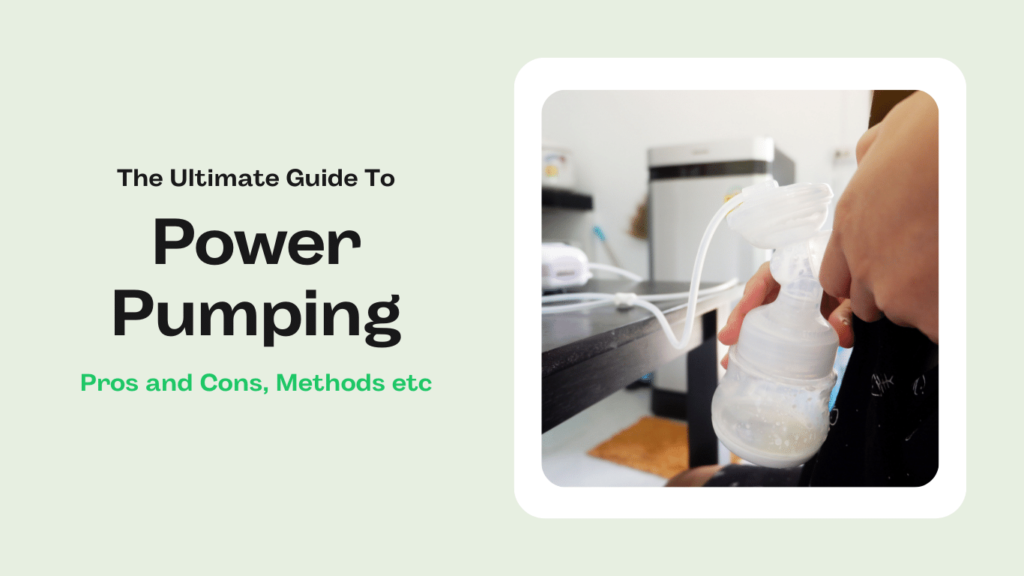Can You Mix Breast Milk from Different Days? Here’s What to Know
Absolutely! Mixing breast milk from different days is generally safe and a great way to maximize your pumping efforts. But remember, safe storage is key! Freshly pumped milk can be stored in the refrigerator for up to 4 days (check out our guide on how long breast milk lasts in the fridge for a deeper dive!), while frozen milk can last a whopping 12 months. When combining milk, always cool fresh milk before adding it to refrigerated or frozen batches. This ensures proper storage temperatures and keeps your precious liquid gold safe for your little one. But before we dive deeper, let’s address the burning question: Can you mix breast milk from different days? Yes, you can! However, following proper storage guidelines is crucial. This article will guide you through a step-by-step process for safe mixing and answer all your frequently asked questions about combining breast milk. The Art of Combining Breast Milk: A Step-by-Step Guide Combining breast milk from different days can be a great way to maximize your pumping efforts and ensure your baby has enough to eat. Here’s a simple guide to follow: Step 1: Check the Storage Dates Before mixing, ensure all the milk you’re combining has been stored correctly. Freshly expressed milk can be stored at room temperature for up to 4 hours, in the refrigerator for up to 4 days, or in the freezer for up to 12 months. Never mix fresh milk with previously frozen milk. Step 2: Thaw Frozen Milk (if applicable) If you’re combining milk from different days and one batch is frozen, thaw it completely in the refrigerator or under running lukewarm water. Never thaw breast milk in the microwave or at room temperature. Step 3: Warm (Optional) While not essential, you can gently warm the milk in a warm water bath before combining it. Avoid overheating, as this can destroy some of the milk’s beneficial properties. Step 4: Combine and Swirl Pour the separate milk batches into a clean, sanitized bottle or container. Gently swirl the milk to ensure even distribution of temperature and fat content. Step 5: Label and Use Once combined, label the container with the new “use by” date. This date should reflect the earliest expiration date of the individual milk batches you combined. FAQs Q: Is it okay to mix breast milk from different days? A: Yes, it’s generally safe to combine breast milk from different days as long as you follow proper storage guidelines (see above). Q: Can you combine breast milk from the same day? A: Absolutely! Combining milk from multiple pumping sessions throughout the day is a great way to create a larger volume for your baby. Q: Can I pump into the same bottle all day? A: It’s not recommended to keep adding milk to the same bottle throughout the day. Instead, store each pumping session’s milk separately, then combine them later if desired. Q: Can you mix breast milk from different days in the UK? A: The guidelines for safe breast milk storage and mixing apply universally, including the UK. Always follow the recommendations from your healthcare provider or a lactation consultant. Q: Can you mix frozen milk from different days? Yes, you can mix frozen breast milk from different days! Just thaw one batch completely in the refrigerator or under running lukewarm water before combining it with another frozen or refrigerated batch. Q: why can’t you add warm breast milk to cold? According to CDC guidelines; Adding warm breast milk to cold milk can raise the temperature of the stored milk. This creates a breeding ground for bacterial growth, potentially harming your baby. It’s best to cool fresh milk before mixing it with refrigerated or frozen milk to maintain safe storage temperatures. Key Takeaways—Can You Mix Breast Milk from Different Days? Here are the key points to remember when combining breast milk: Storage matters: Only combine milk that has been stored following safe practices (see Step 1). Thaw frozen milk: Never mix frozen milk with fresh milk. Always thaw frozen milk completely before combining. Warm gently (optional): You can warm the milk before combining, but avoid overheating. Label clearly: Label the combined milk with a new “use by” date based on the earliest expiration of the individual batches.
Can You Mix Breast Milk from Different Days? Here’s What to Know Read More »

